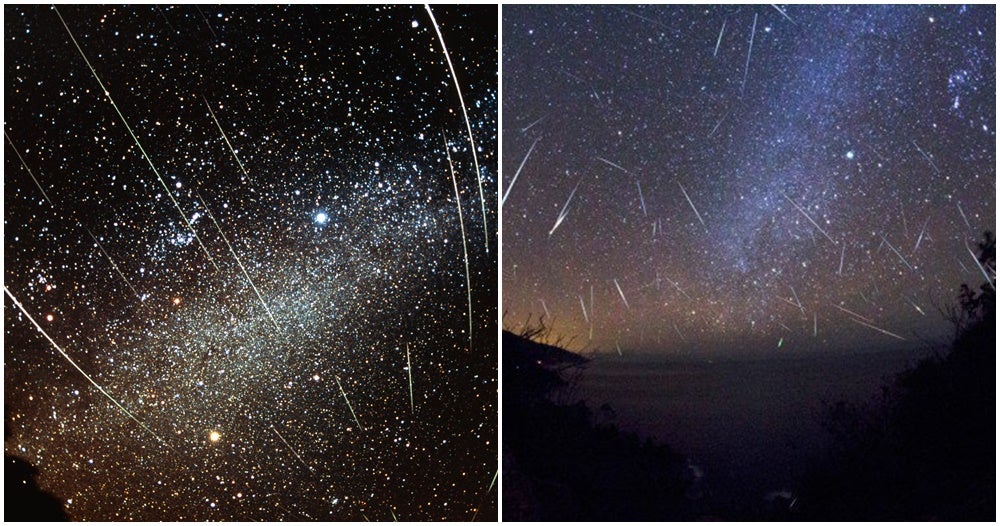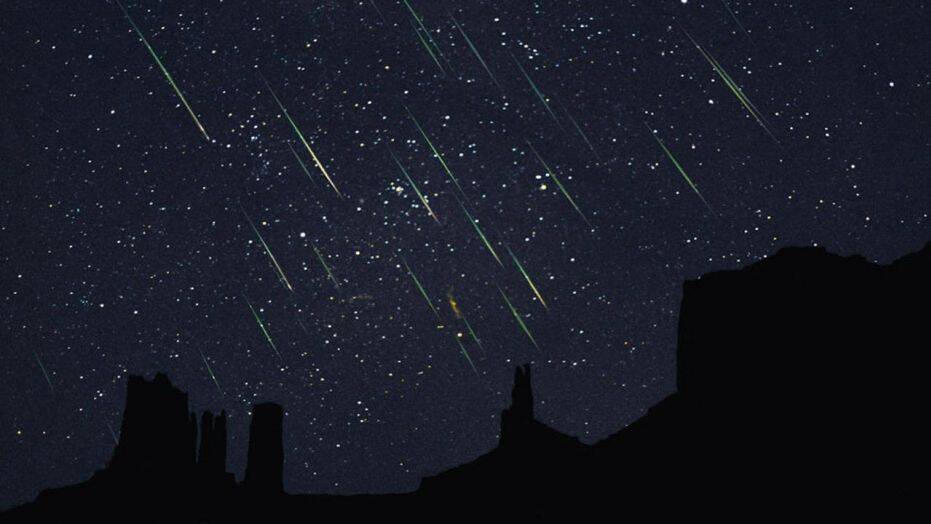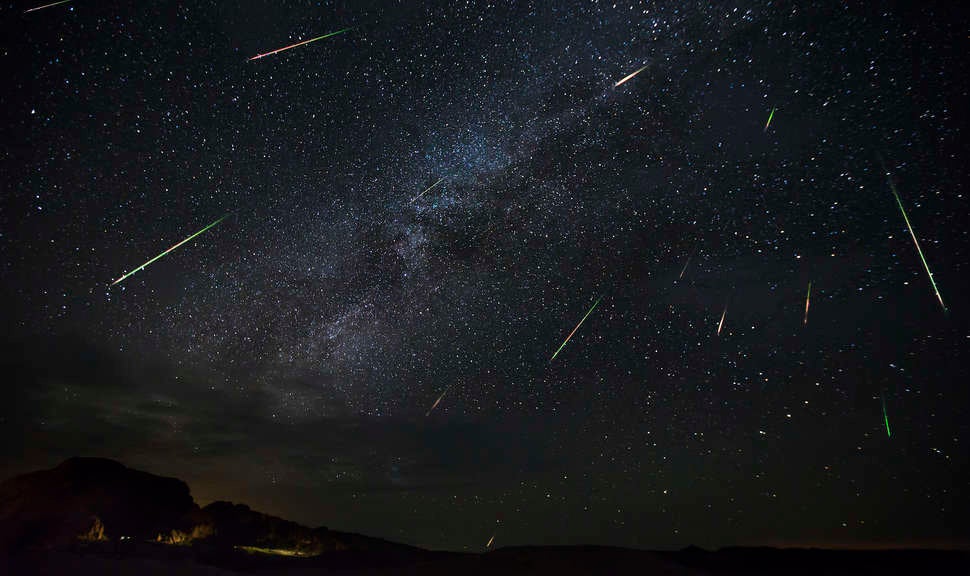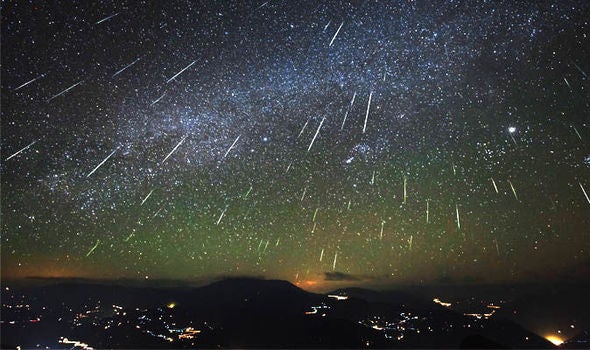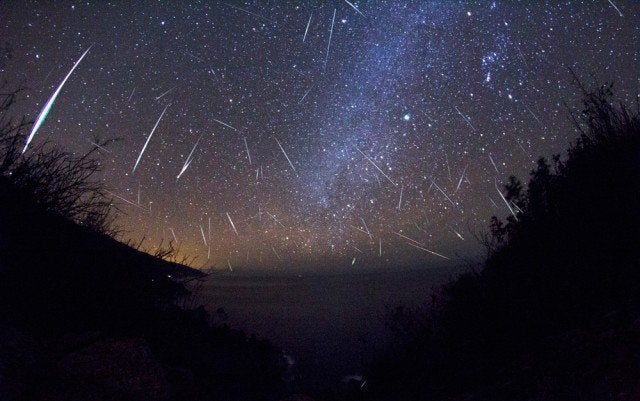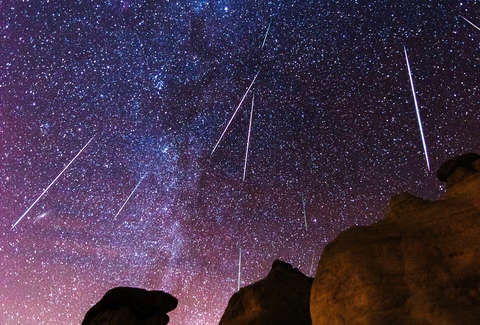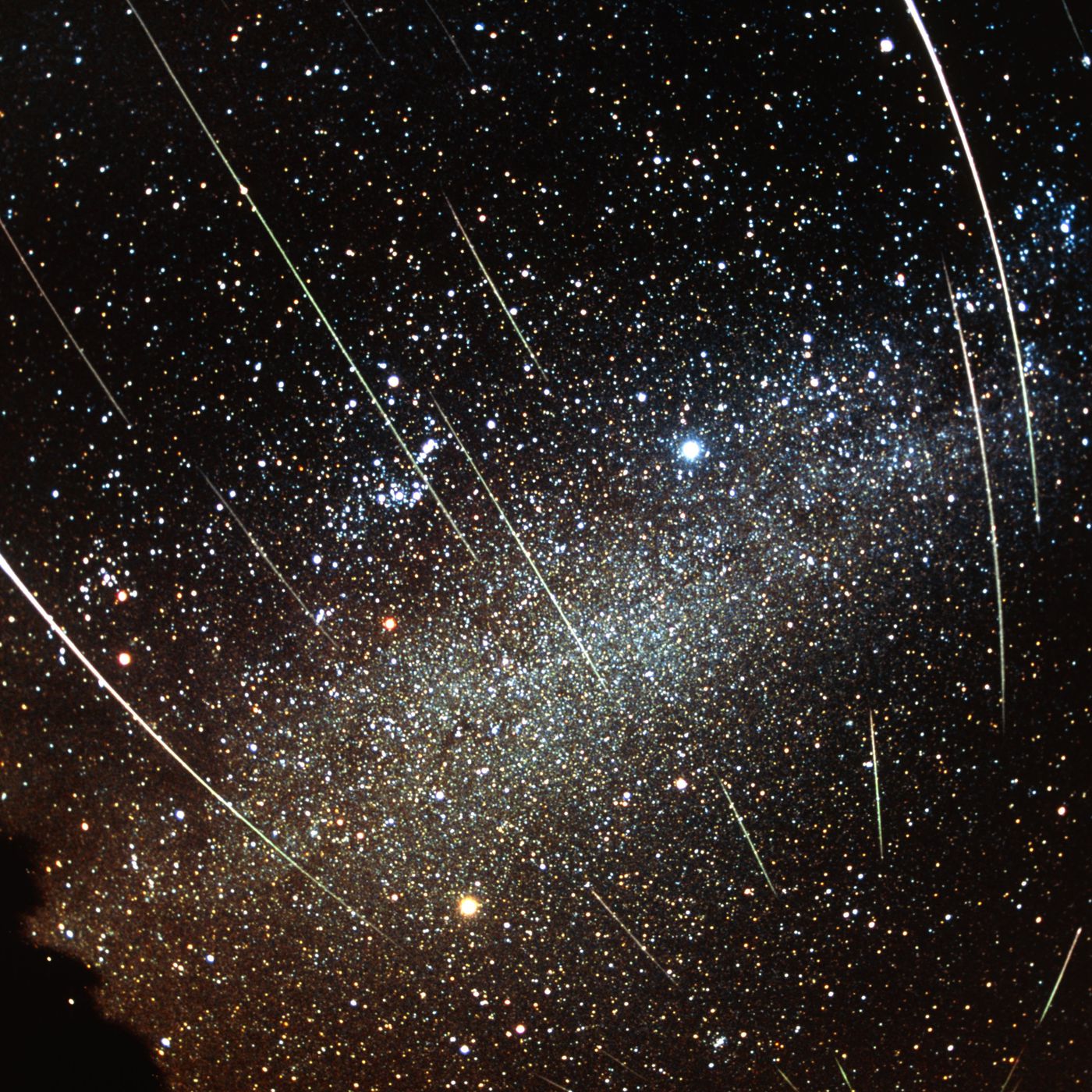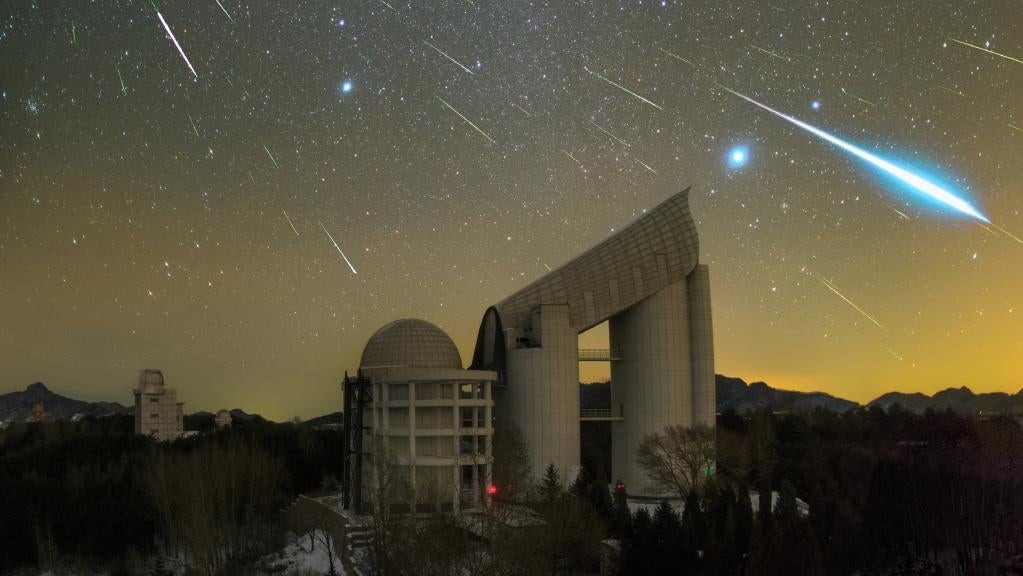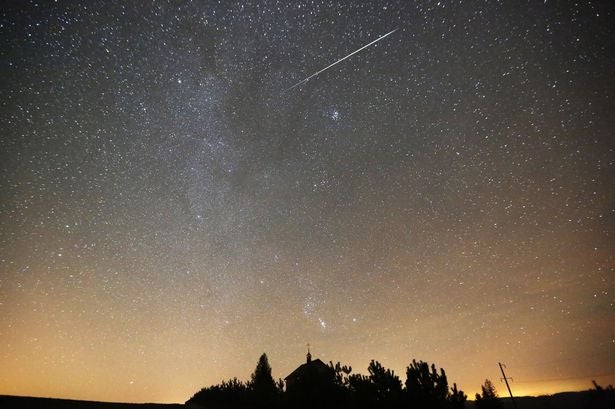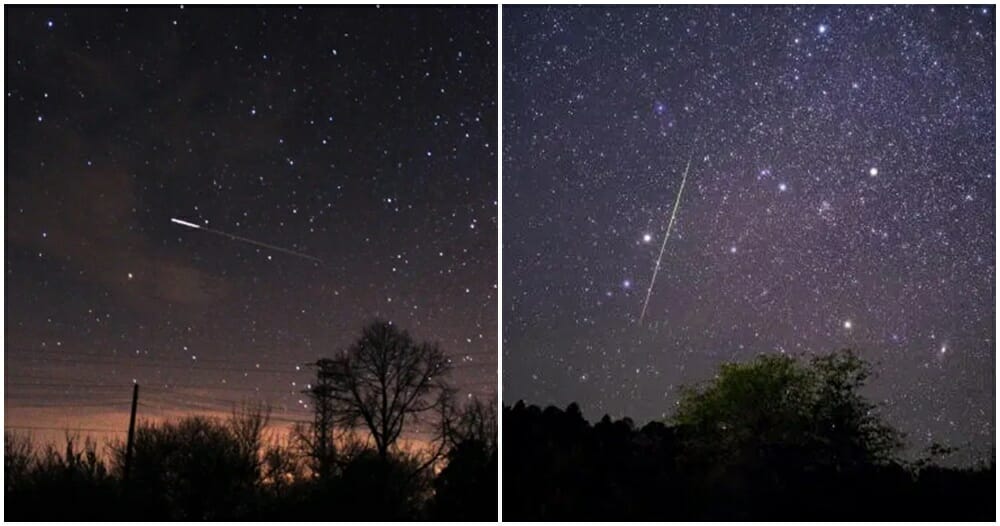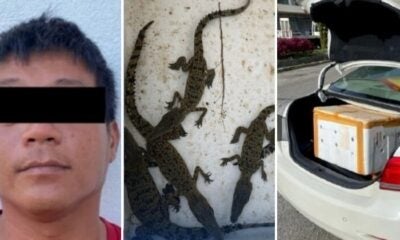Calling all stargazers and sky enthusiasts, if you’re a fan of Mother Nature’s work once it turns dark, we’ve got good news for you. Malaysians will be able to see a whopping total of 8 meteor showers this year!
The three major kinds of meteor showers that will take place in the Northern Hemisphere are: the Gemini shower, the Quadrant meteor shower and the Perseid meteor shower. According to Time and Date, here are some key dates you and your fellow astronomy admirers should take note of:
1. Lyrids Meteor Shower (16th-25th April)
- Active period: Most likely to occur on 22nd April, 3am-7am on Wednesday.
- Lyrids are one of the oldest recorded meteor showers, having been seen over 2,500 years ago! The shower was created from the debris of a comet called Thatcher.
- At its peak, you might be able to see a maximum number of 10-20 meteors per hour.
2. Eta Aquarids Meteor Shower (19th April-28th May)
- Active period: Most likely to peak on 6th-7th May, 2am-7am on early Thursday morning.
- This meteor shower is said to be created by debris left by the famous Halley’s Comet.
- The maximum number of meteors you’ll be able to catch in its peak period is 20-60.
3. Perseids Meteor Shower (17th July-24th August)
- Active period: Expected to peak on 12th-13th August, 1am-7am on Thursday.
- Perseids are made of tiny space debris from the comet, Swift-Tuttle. They are widely sought after by astronomers because one can catch up to 60-100 meteors during its peak period.
4. Draconids Meteor Shower (6th-10th October)
- Active period: Expected to peak on 8th-9th October, 7pm-11pm on Thursday.
- The Draconids shower owes its name to the constellation, Draco the Dragon. Its meteor showers are said to have been responsible for some of the most spectacular showers recorded in history.
- The maximum number of meteors you’ll be able to catch in its peak period will vary accordingly so be patient and keep your eyes peeled!
5. Orionids Meteor Shower (2nd October-7th November)
- Active period: Expected to peak on 21st-22nd October, 12am-6am on Thursday.
- The Orionid meteor shower is the second meteor shower created by Halley’s Comet. Oronids are named after Orion, as the meteors appear or radiate from the same area as its constellation.
- The maximum number of meteors you’ll be able to catch in its peak period is 15 meteors an hour.
6. Leonids Meteor Shower (6th-30th November)
- Active period: Expected to peak on 17th-18th November, 2am-7am on Wednesday.
- The Leonids occur when the Earth passes through the debris left by the Tempel-Tuttle Comet. This comet takes 33 years to make one orbit around the Sun.
- The maximum number of meteors you’ll be able to catch in it’s peak period is 15 meteors an hour.
7. Geminids Meteor Shower (4th-17th December)
- Active period: Expected to peak on 13th-17th December, 9pm (Sunday night)-7am (Monday morning).
- The Geminids meteor shower is unique because it isn’t associated with a comet but with an asteroid instead: the 3200 Phaeton.
- The Geminids are considered to be one of the most phenomenal meteor showers of the year, giving viewers the opportunity to see around 120 meteors per hour at its peak!
8. Ursids Meteor Shower (17th-26th December)
- Active period: Expected to peak between 22nd-23rd December, 3am -7am (Monday morning).
- The Ursids are named after the constellation, Ursa Minor, as they radiate from that direction in the sky. Ursids are associated with the 8P/Tuttle comet.
- The maximum number of meteors you’ll be able to catch in its peak period is 10 meteors an hour.
While we’ll keep our fingers crossed for good weather and visibility during these periods, stargazers will have to be patient when waiting to experience this amazing natural phenomenon. Make sure you find a viewing spot that’s away from the city lights and wait for 15-20 minutes so your eyes can adjust to the darkness.
Good luck! Share this with someone you’d like to watch a meteor shower with.
Also read: M’sians Can Watch The Quadrantids Meteor Shower On 4th-5th January!

